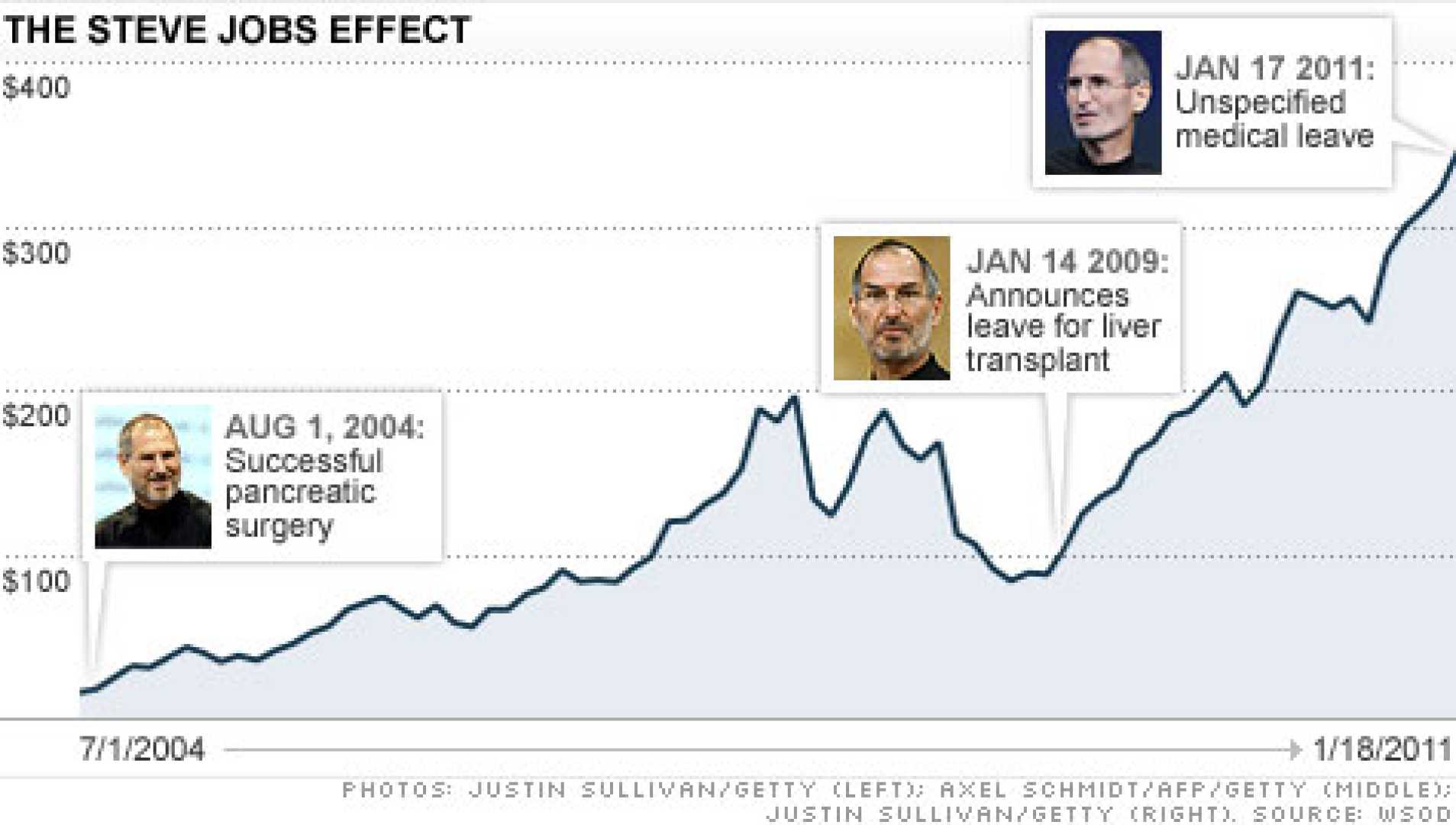Business
Apple’s Influence on DJIA: A Decade of Innovation and Change

NEW YORK, NY
Apple Inc. (AAPL) has significantly impacted the stock market since its inclusion in the Dow Jones Industrial Average (DJIA) on March 19, 2015. The company replaced AT&T, further enhancing its reputation as a tech leader. Apple’s entry into the Dow reflected its market cap, then nearly $740 billion, and it marked a pivotal moment in tech’s relationship with the stock market.
David M. Blitzer, managing director and chairman of the Index Committee at S&P Dow Jones Indices, remarked in a 2015 report that Apple was “the clear choice” for the index due to its size and innovative capabilities. Since then, Apple’s revolutionary products, especially the iPhone and iPad, have transformed consumer technology.
From its 1980 IPO, Apple’s stock increased remarkably, driven largely by the launch of the iPhone in 2007. The success of its products has built a loyal customer base and contributed significantly to its revenue, which reached $233.7 billion in 2015.
In June 2014, Apple underwent a 7-for-1 stock split to make its shares more accessible. By March 2015, it traded at $128.36. Its App Store and services like iCloud have only strengthened its brand.
Since joining the DJIA, Apple’s stock fluctuated, reaching $184.57 in June 2023 after the launch of the Vision Pro. However, its price dipped to $177.79 due to initial production limitations. Still, Apple’s services segment generated $20.8 billion in revenue in Q1 2023, underscoring its robust business model.
By May 2025, AAPL achieved a 52-week high of $260.10 and was trading around $201.36 with a market cap of $2.96 trillion. Apple’ stock impacts the DJIA significantly; for instance, a one-point shift in its price could shift the index by nearly 6.68 points.
Apple’s ability to adapt to market trends is evident as it navigates supply chain challenges, particularly from its manufacturing base in China. After disruptions in 2022, Apple is shifting production to India, aiming to produce $22 billion worth of iPhones by March 2025.
The company continues to innovate with upcoming technology like visionOS 3.0, despite challenges with the Vision Pro’s high cost and lower than expected sales. Apple’s determination to redefine tech while mitigating risks showcases its resilience and central role in the DJIA and broader economy.












